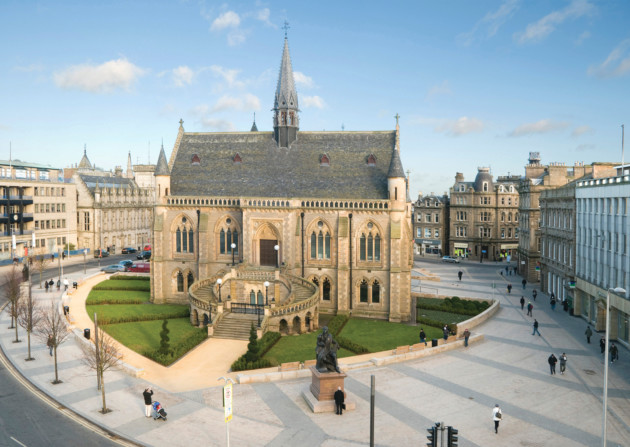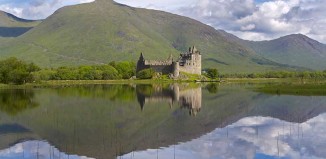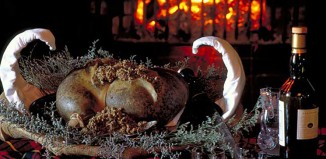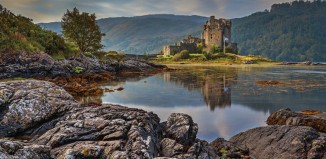Dundee: more than just “jute, jam & journalism”
Languishing for years in the shadow of more popular centres such as Edinburgh and Glasgow, Dundee was crowned as the UK’s first UNESCO City of Design in 2015, joining other cities such as Montreal, Buenos Aires and Beijing. Here are a few reasons why the small, friendly city is firmly on the must-visit Scottish map.

Caird Hall, Dundee’s historic events venue. Photo: Dundee City Council
Widely promoted for its historic jute, jam and journalism trades, of which only the latter remains in earnest, Dundee had obvious maritime connections too. Alongside RF Scott’s RRS Discovery in Victoria Dock is the lesser-famed frigate HMS Unicorn, which is the oldest British-built ship still afloat. Constructed in 1822 at the Royal Dockyard in Kent, the vessel spent its entire working life in the port of Dundee and has become ingrained in the city’s fabric.
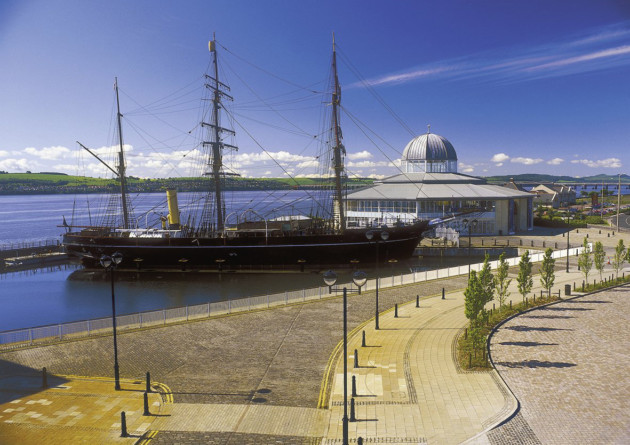
RRS Discovery, RF Scott’s great Antarctic vessel, Dundee. Photo: Dundee Heritage Trust
In Dundee itself, much architecture was lost to the City Improvement Act of 1871, and altered further by 1970s town planning. Though the five and six-storey tenement buildings which housed impoverished communities have long been cleared, there are still telltale signs of their origins, namely a maze of alleyways or ‘closies’. Caird Hall is an impressive civic building erected over the foundations of the old tenements by jute baron, Sir James Caird, between 1914-23. Of the numerous churches, St Paul’s Cathedral stands out, built on top of the foundations of the ancient castle (possibly razed by Robert the Bruce in 1313). Designed by architect Sir George Gilbert Scott and built in 1855, it is a neo-Gothic landmark. Not to be missed is the 16th-century cemetery, The Howff. This burial ground is the stuff of nightmares, complete with wizened Camperdown trees, crumbling headstones and chest tombs bearing momento mori.
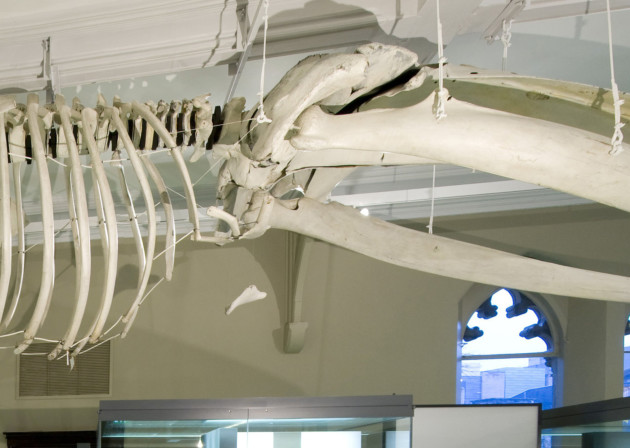
The Tay Whale at The McManus. Photo: Dundee City Council
The city grew rich from its days of whaling, shipbuilding and other maritime-related industries. The jute industry soared here too, the raw material shipped from India and softened with whale oil in Dundee mills for use in a variety of textiles, mainly industrial. The Verdant Works jute museum at West Henderson’s Wynd is a sole survivor of the industry and relates the story of ‘Juteopolis’. The jam reference stems from 18th-century confectioners John and Janet Keiller. The couple expanded their business when John was tricked by a Spanish shipmaster into buying a consignment of rotting Seville oranges. Janet’s quick thinking – concocting a new marmalade recipe complete with peel – turned a probable financial disaster into a success, and the Keiller jam-making factory operated in Dundee until 1972.
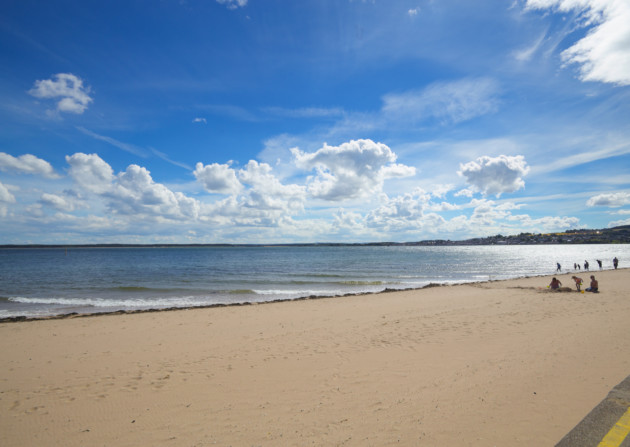
A stroll along the beach at Broughty Ferry on the outskirts of Dundee. Photo: Kenneth Malcolm Photography / Dundee City Council
Culturally the city has much to offer: Dundee Contemporary Arts sits among a wealth of galleries, antique and crafts shops along the Perth Road. The McManus Art Gallery & Museum designed by George Gilbert Scott, is still one of the finest buildings, opened in 1869. Inside is the Tay Whale, a humpback which misguidedly appeared in Scotland’s longest river in 1883. It couldn’t have navigated to a worse place, with scores of hunters poised with harpoons, sealing its fate. On the horizon is the V&A, the forthcoming waterfront centre which will sit alongside RRS Discovery from 2018.
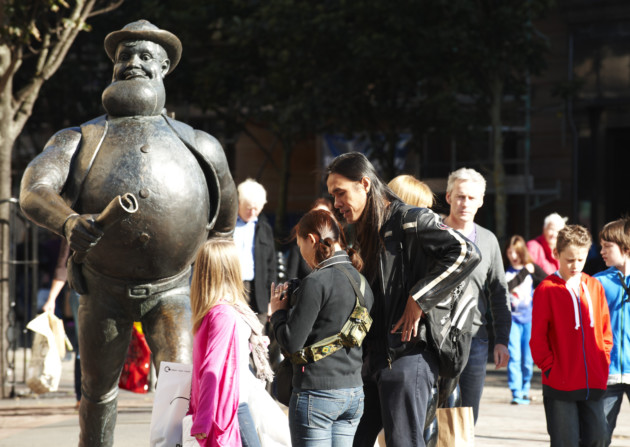
Desperate Dan in the High Street. Photo: Dundee City Council
A far cry from its maritime heyday, the city now prides itself on a reputation in medical research and high-tech industries. Publishing is however, still big news with DC Thomson the major name, responsible for The Courier, Beano and Dandy. You don’t have to look too hard to find the city’s creative credentials: the Desperate Dan statue in the High Street is testament to that.
Find out more about the city at www.dundee.com

